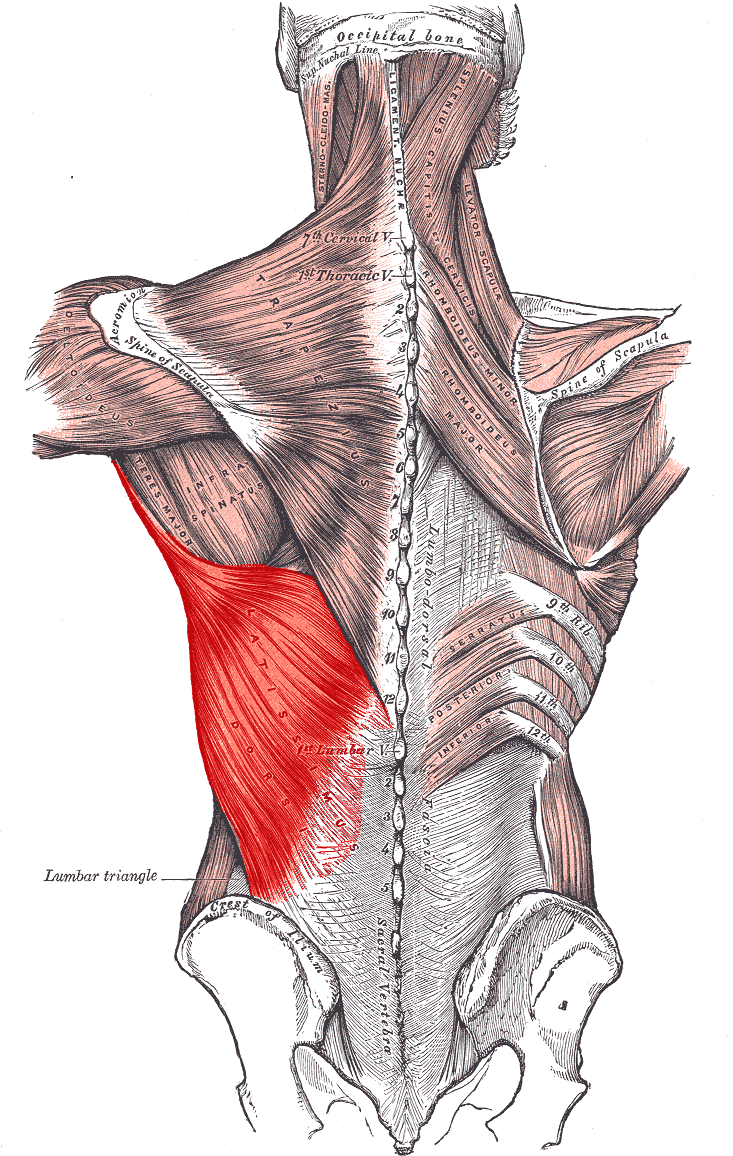If you’ve been following my work, you’ve likely heard me stress the importance of understanding the difference between osteokinematics and arthrokinematics, especially when it comes to injuries. In case you missed it, my article “Checks and Balances in the Shoulder of the Throwing Athlete” provides a good overview to read before diving into today’s post. While traditional anatomy textbooks often focus on muscular contribution to skeletal movement, we rarely discuss the role of the fascial system in this equation. The fascial system plays a significant role in osteokinematic movement, impacting flexion/extension, internal/external rotation, abduction/adduction, and more. This has implications for multi-joint movements and force transfer within the body. Imagine wearing tight jeans on one leg and loose fitting shorts on the other – this imbalance affects the way your body moves. Similarly, rigidity in certain areas can require additional arthrokinematic control to compensate. For example, a tight latissimus dorsi can lead to issues in the shoulder girdle, necessitating increased effort from the lower traps and rotator cuff. The fascial system is heavily involved in this interplay, and can directly impact arthokinematics as well. Comprehensive programs must consider the influence of fascia, as it can both support and hinder movement. Long-chain movements promote fascial fitness but may be problematic without proper arthrokinematic control. Addressing imbalances through targeted exercises, manual therapy, or self-myofascial release can improve joint function and reduce pain. Make sure your stabilizers are up to par, or you risk discomfort and dysfunction. For more insights on shoulder evaluation, programming, and coaching, check out my resource, Sturdy Shoulder Solutions, currently on sale for $40 off through Sunday at www.SturdyShoulders.com.






